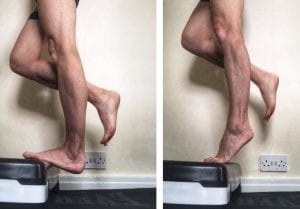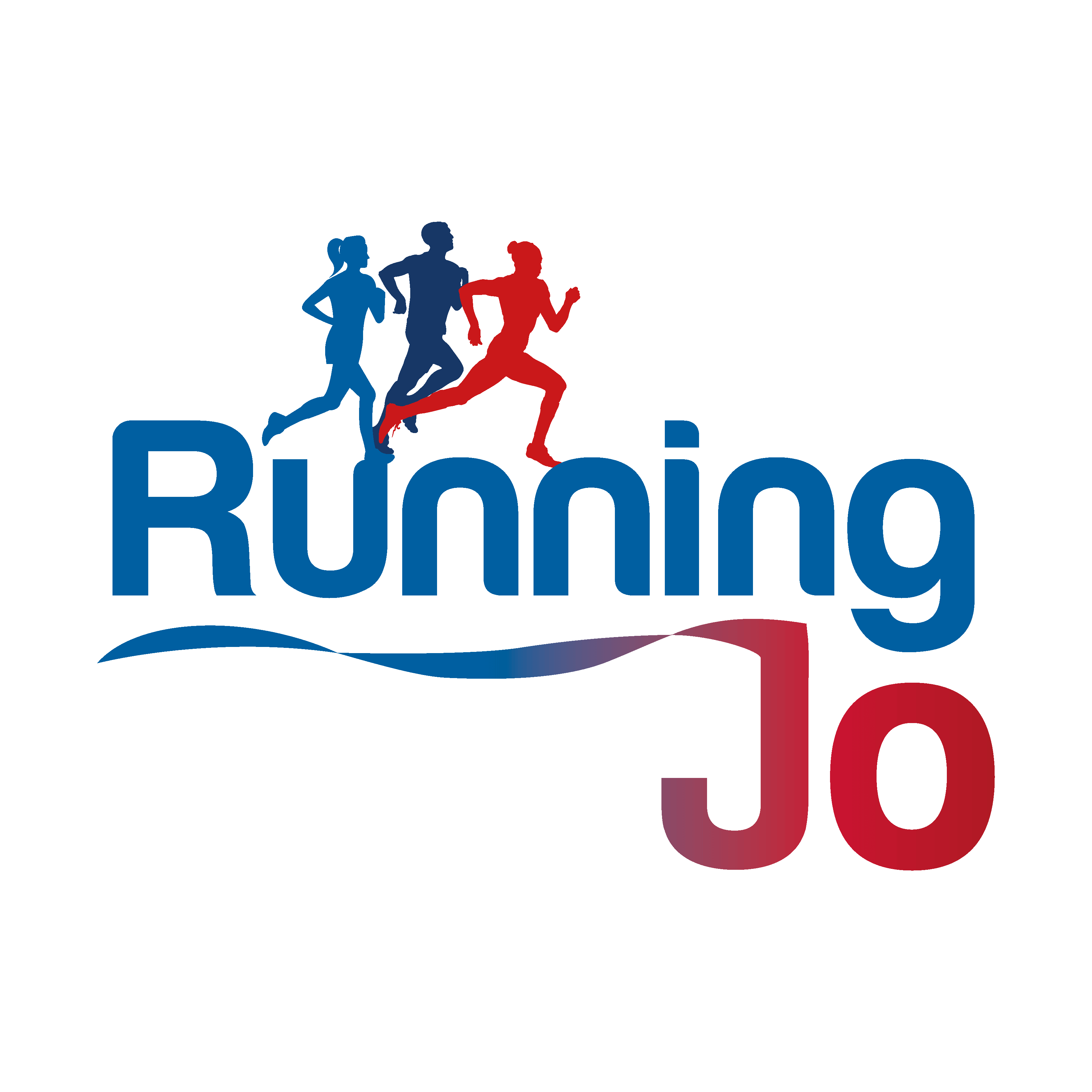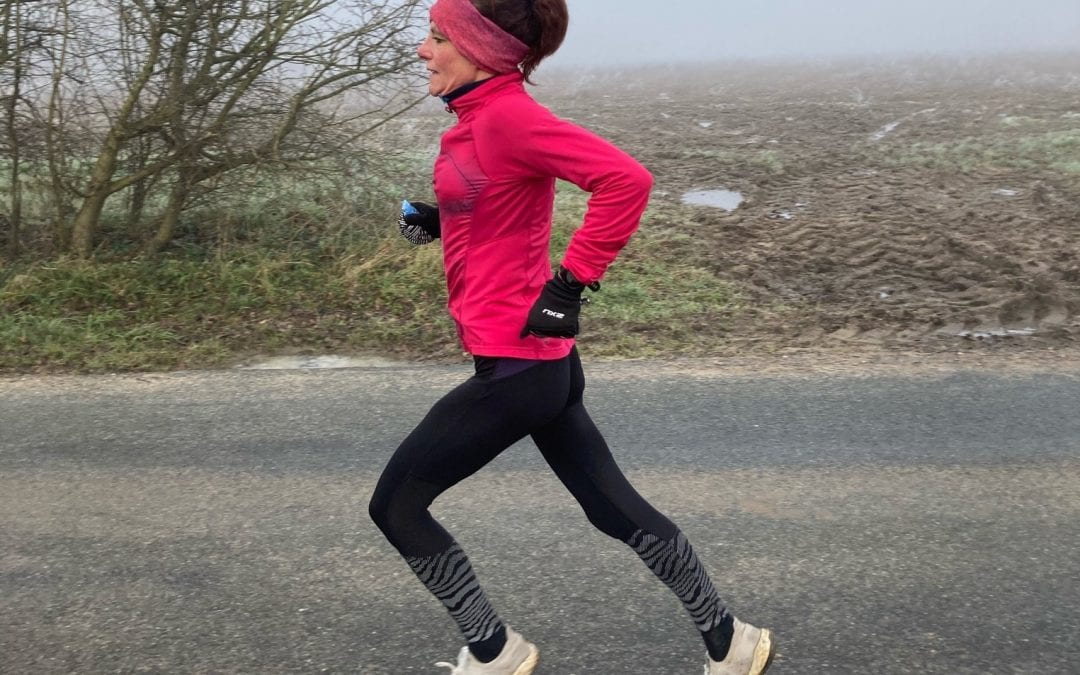How to Be Injured More Successfully
No one likes to be injured. The truth is most of us are terrible at being injured. Which is funny when you consider how much time as runners we spend being injured. Fortunately I am very happy to share my extensive experience with you. So here’s my guide to help you to be injured more successfully.
Step One: Express Your Frustration
Running is quite important to you as a runner. It fills a significant amount of your daily time. Running might be the foundation for most of your friendships and your social life. It probably helps you to deal with stress. Most of all it makes you feel good.
So it’s not surprising that you might experience a sense of loss when you get injured. It can feel like the loss of all your hopes, dreams and aspirations! It’s well recognised that “loss” incorporates a wide range of emotions. Denial, anger, despair and frustration.
Allow yourself to acknowledge and express your frustration. Shout, swear, throw things or whatever works for you. But only for a maximum of one hour per day. After that you need to move onto Step Two.
Step Two: Don’t Prod it, Poke it, Stretch it, Bend it, Twist it, Wave it, Hop, Jump, Jog on the Spot, Trot Up or Down the stairs or Pop Your Trainers on for a Quick Run Around the Block to See if it Still Hurts. Otherwise Known as REST
 You know what I am saying here. No need to explain more. You know you’ve done all of the above when you have been injured. Except perhaps the most important one – REST.
You know what I am saying here. No need to explain more. You know you’ve done all of the above when you have been injured. Except perhaps the most important one – REST.
Stop testing it out, accept that you are injured and move onto Step Three.
Step Three: Take Control of Being Injured
Being injured creates feelings of helplessness or pointlessness. The key to you managing injury better is to regain some sense of control over your situation.
Developing a sense of control involves making decisions and taking proactive steps. Make the decision to stop running and seek professional help. Set realistic expectations for a timescale for recovery. Identify some actions which will help you to recover.
Don’t be the passive victim of your injury. Then proceed onto Step Four.
Step Four: Do Not Listen to Other Runners
Do not listen to other runners. Particularly ones you only know through social media. These people are not your friends. Well they might be your friends, but they are almost definitely not qualified physiotherapists, doctors or sports injury professionals.
 Seeking professional advice sooner rather than later is always advisable. Often seeking professional advice can reduce the length of time you spend being injured and get you back running more quickly. Check out Performance Team for experienced, high quality, runner-specific advice.
Seeking professional advice sooner rather than later is always advisable. Often seeking professional advice can reduce the length of time you spend being injured and get you back running more quickly. Check out Performance Team for experienced, high quality, runner-specific advice.
Qualified professionals with experience and knowledge of working with runners will be able to diagnose your problem and identify the underlying cause. They can advise on effective treatment including appropriate, follow-up self-treatment. They will also be able to give you a realistic timetable for recovery.
Which leads nicely onto Step Five.
Step Five: Stick a Note on Your Fridge Which Says “Healing is a Biological Process”
This one is important. The body repairs damaged tissue through a biological renewal process with well-researched and scientifically-studied timescales. There is no quick-fix remedy. Especially not one advertised on Google and available to order online for an extortionate price.
In general these are the minimum accepted timescales for healing.
Soft tissue injuries (muscle, tendon, ligament) approx. 7-21 days
Bone injuries (stress fractures, stress responses, fractures) approx. 6-12 weeks
Note that your individual timescale depends on the degree of damage done and the tissues which are damaged. You can’t rush it. Don’t try.
However, you can do lots of things which hinder the process. These include running and continuing to stress the injured area by other activities. By contrast, rest, good healthy diet, sleep and improving your general mental and physical well-being can assist healing processes.
You are now ready to proceed to the final step – Step Six.
Step Six: Plan Effective Rehabilitation
This is possibly the most important step to Being Injured More Successfully. Effective rehabilitation relies on you first following steps One to Five. Then the key to Step Six is to see this stage as rehabilitation not training. That means not jumping back into six mile runs as soon as its stopped hurting.
An effective rehabilitation plan starts with good diagnosis for both the problem and the underlying cause. It focuses on the introduction of timely and appropriate treatment – both professional and self-treatment.
The next element is rehabilitation exercises to gradually strengthen and condition the damaged tissues. Equally important is focus on addressing the underlying weaknesses, imbalances or shortened tissues which will have contributed to the injury.
 Finally a rehabilitation plan sets a realistic and progressive timetable to build up to your previous level of running. This may take between 2-3 days to 2-3 weeks or more subject to the nature of your injury.
Finally a rehabilitation plan sets a realistic and progressive timetable to build up to your previous level of running. This may take between 2-3 days to 2-3 weeks or more subject to the nature of your injury.
Following Step Six helps to ensure that when you get back to running properly the injury will not immediately recur. What’s more, it means you are less likely to get injured again in the future too.
So there you have it. My Six Steps to Being Injured More Successfully. Let’s hope you only need to follow this guide once.
Good luck!

